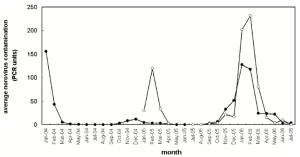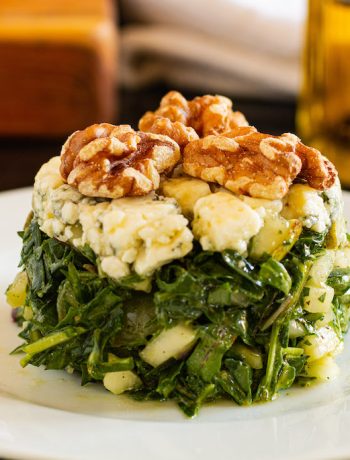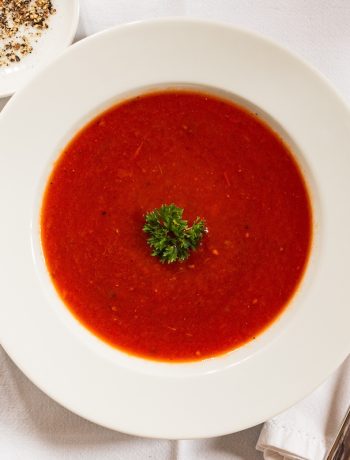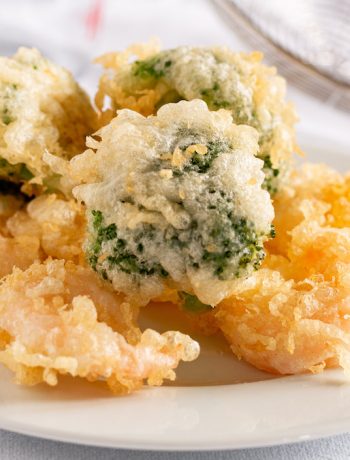Way back among the first six or so posts The Nosey Chef ever made, we described how discoveries of snail shells in neolithic sites indicated that snails were among the first animals that humans ever ate. And it is the same with oysters. Australian archeologists sifting through prehistoric rubbish tips have identified oyster shells from animals slurped down the hatch 10,000 years ago.
Early oyster farming is credited to the Japanese. Loving their raw seafood as much as they do today, they cultivated oysters from around the time that the Baby Jesus was born. In the UK, the Romans were raising oysters in and around Whitstable on the Kentish flats, just east of the Isle of Sheppey, and oyster farming remains a tradition in that area to this day. In fact, in 1793, the Whitstable Oyster Fishery Company Act was passed to establish an oyster fishery with access across the beach. The company bought the beach in 1856. Confusion reigned in 2004 when the company tried to alter the terms of the Act to enable greater commercial freedom, and the Ramblers Association got pissy about beach access that was never really denied in the first place. But that’s ramblers for you.
Anyway, back in the 1800s, oysters were a food for the poor. They were inexpensive protein, and widely available in coastal towns. Popularity brought consumption, consumption depleted stocks and prices rose. Eventually the price of oysters was so high, they were out of reach of the common man. This is where we get the idea that oysters are a luxury food. In the UK the situation became so dire that another Act of Parliament (which I think might be the 1877 Fisheries – Oyster, Crab and Lobster – Act) was passed to prevent wild oyster harvesting between May and August when the animals spawn. Oysters sold in the UK during those months are the farmed variety.
Now, it is true that eating oysters is associated with some degree of risk. Some people say then oysters should only be eaten in a month with an ‘r’ in it. This piece of advice dates from the French court of 1759. After a spate of lethal food poisonings, King Louis XV was forced to pass legislation to prevent the fishing and transport of oysters from 1 April until 31 October. This was done because there was no adequate cold supply chain from seabed to plate. Nowadays, we have good refrigeration and this type of risk is limited, but this idea of not eating oysters in summer persists.

King Louis XV (1710–1774)
But there is a big problem with this notion.
Human beings like to shit in the sea. We tip gallons of waste into the sea and river every day, and much of it ends up on the seabed where filter feeders live. This has led to the situation whereby 76% of British oysters contain norovirus, and every now and then one of these critters will concentrate a lot of it inside its body. Get one of these and you are in trouble.
Norovirus is a nasty, nasty virus, and I once had the misfortune of eating a particularly expert norovirus hoarder, and boy did I know about it. From being perfectly fine, it took just 20 minutes for me to be shitting and vomiting simultaneously. This lasted for 24 hours, after which I was completely and utterly empty of everything, including my own bile. Then, the illness passed with speed almost equivalent to its onset. It was an unforgettable experience, and one I do not care to repeat.
So, there is some risk with oysters, but how to minimise it? Well, research published by the Centre for Environment, Fisheries and Aquaculture Science found that concentrations of norovirus peak in the winter months, whereby levels are 17 times higher than in April–October. This completely reverses the advice of Louis XV, and suggests that those wishing to eat oysters should do so in summer. With the cold supply chain basically secure, there is no reason not to eat oysters at this time of the year. If you want to take the supply chain out of the equation, then get yourself to Whitstable and eat some summer oysters plucked straight from the sea.

Monthly average norovirus contamination levels in oyster samples from two production areas – Figure Lowther JA, et al. J Food Protect 2008;71:1427–33
The Nosey Chef would like to thank the Whitstable Oyster Fishery Company for information on its oyster farming operation. The company has a restaurant overlooking the fishery at The Royal Native Oyster Stores, Horsebridge, Whitstable, Kent CT5 1BU, United Kingdom. Call 01227 276856 to make a booking.
Fresh, live oysters
Ingredients
- 6 fresh, live oysters
- 1 lemon, halved
- Tabasco sauce
Instructions
Shuck the oysters with a proper oyster knife. Work your way in at the hinge, until the lid can be prised loose. Run the knife over the underside of the lid to detach the oyster. Try to keep the seawater inside. Prise the lid off fully and detach the oyster from the base of the shell in the same way as for the lid.
Arrange the oysters in bowl of ice and squeeze over the lemons. Sprinkle with some Tabasco sauce and slurp them down.
Notes
Fresh, live oysters are uncommonly good with a cold lager.






No Comments